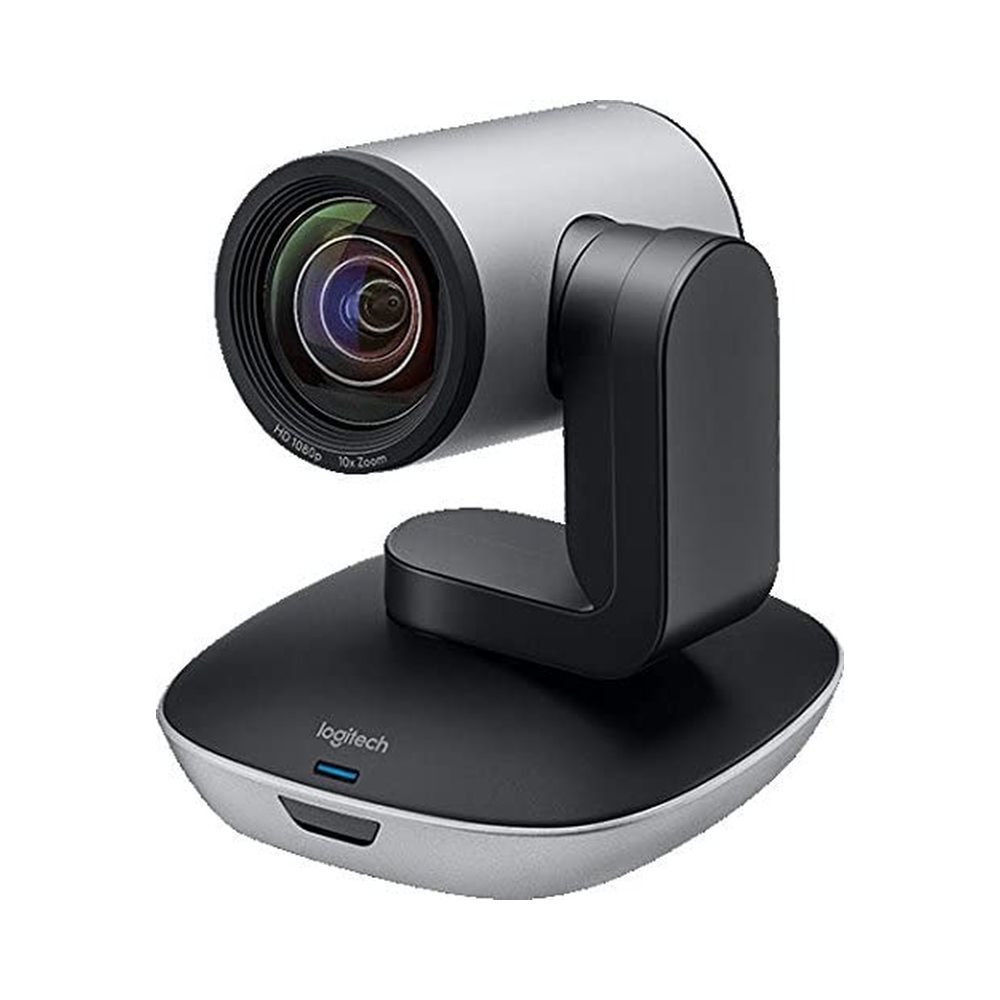Due to the recent growth in streaming and OTT content, copyright protection and video piracy have attracted a lot of attention, especially among content creators, owners, and distributors. This has encouraged the adoption of digital watermarking techniques to strengthen the security of DRM protected content.
The robustness or security of the watermarking technique is frequently attacked to undermine forensic video watermarking by adversaries. Some common attacks used to modify forensic watermarking techniques are:
- Copy attack: The attacker acquires a genuine watermark from a watermarked item and copies or embeds it into another carrier (an unwatermarked work) (an unwatermarked work).
- Ambiguity attack: This approach develops a bogus watermark from a watermarked work to confound the detector, thereby leading to ambiguity in the ownership of the content. The IBM attack and the Craver attack are other names for the same thing.
- Collusion assault is one in which the attacker uses the same watermark on multiple pieces of work, allowing the pattern of the watermark to be recognised. The attacker may also have many copies of the work, each with a different watermark, which he or she can subsequently mix to make the watermarks invisible.
- Oracle attack: Here, the attacker can apply a few adjustments to the job to find out whether they are inside the detection range or not. The opponent can learn more about the detection algorithm by repeatedly modifying and testing it. Sensitivity analysis attack and gradient descent attack are two widely known attacks under this category.
- Simple assault, because no one notices that the embedded watermark has been damaged. It is sometimes called noise or waveform attack. Waveform-based compression, noise addition, and gamma correction are a few examples.
- Cryptographic attack: This attack violates the security approach in the watermarking technique to locate the mode of removal of the information in already placed watermarks.
- Pathological distortions: To avoid discovery, the watermark is removed or masked. The most prevalent types of pathological distortions include linear filtering and noise reduction, and geometric/temporal distortions (synchronisation attack) (synchronization attack).
- De-synchronization attack: This assault is targeted at making the identification of watermark tough by misaligning the watermark and the detector.
Thus, in order to combat these assaults, video watermarking systems must be made as safe as feasible while keeping the resilience of the watermarking techniques against such type of attacks. DRM video protection techniques such as watermarks are not sufficient on their own, but when used in conjunction with other measures, they can help to safeguard the intellectual property of the content owner and aid to trace the source of any alleged infringement. They also serve as a helpful reminder to users about their own and others’ rights to the content they’re using. If you’re using dynamic watermarking, you may embed information on the video asset while it’s being played back at the user’s end, such as the user’s email, date and time of watching, their IP address, or even their business logo. Because of their dynamic nature, they provide additional protection for confidential content that is not intended to be shared or altered. DAI (dynamic ad insertion) is also activated via dynamic watermarkin in order to optimise addressable ad income.


